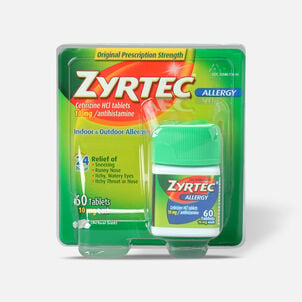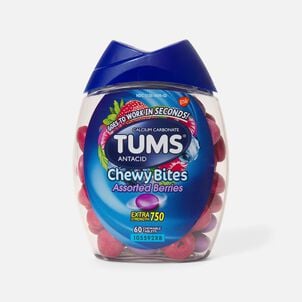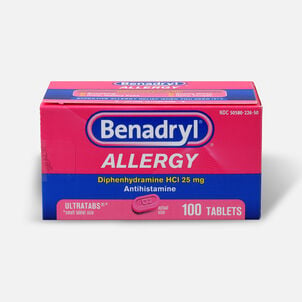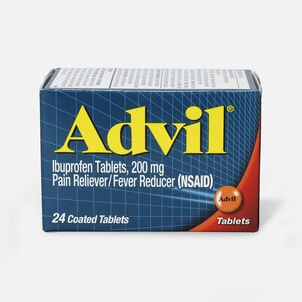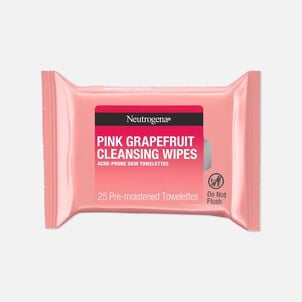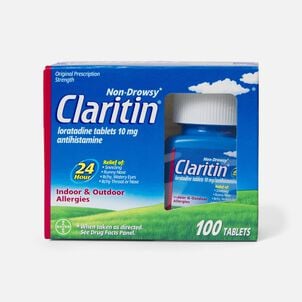Smart FSA Spending for Diabetes Needs
No doubt that diabetes is expensive. Between appointments, getting equipment and purchasing healthier food that doesn't raise your blood sugar, it can be hard to squeeze all that out of your budget. But, paying for these necessities doesn't have to be such a burden. If you take advantage of your FSA and manage it right, you can offset costs.
Here are some smart (and eligible) ways to reduce the costs of your current diabetes routine.
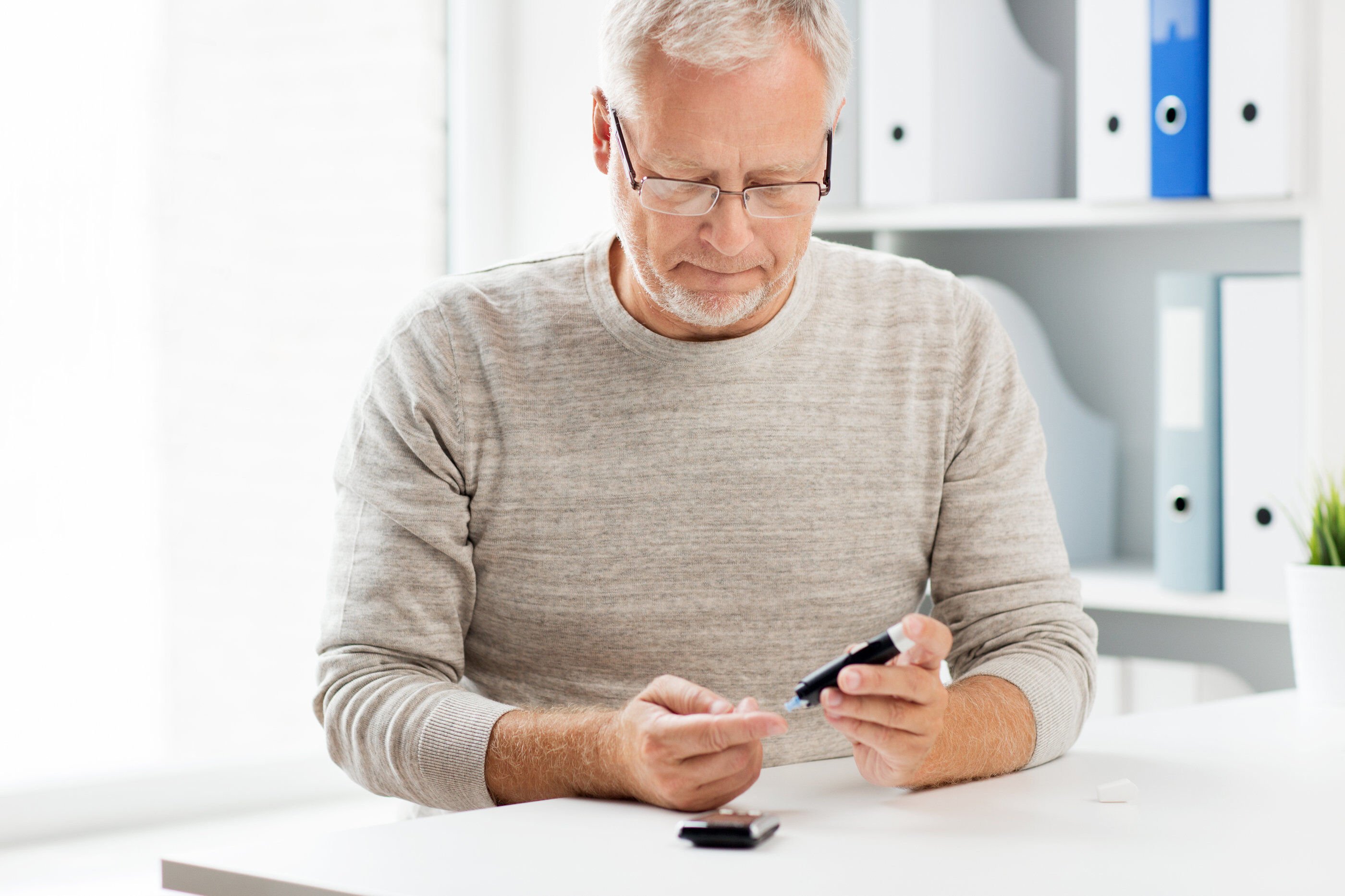
Estimate how much you'll need each month
Estimating the amount you'll be spending will help to figure out how much to put into your FSA account. It'll help to lessen the chances of money being left over at the end of the year. If your employer makes contributions to your FSA and you don't use it all, that free money is sadly gone too (with some limited exceptions).
First, determine what kind of diabetes equipment you can purchase with an FSA. These can include test strips, blood glucose monitors, diabetic socks and lancets to name just a few. You can then try to estimate how much you'll need every month and set aside your pre-tax dollars that way. If you can and if applicable to your FSA, factor in exactly how much your employer contributes so you can add that in your budget.
Take advantage of discounts
You can essentially purchase FSA-eligible items or services anywhere, so why not stretch those dollars? You don't have to stick to your local area to scour for deals. Look online and you could find not only discounted prices, but also digital coupons. Some places even offer promotions for first time customers so try to take advantage of those. (We may know of one…)
Before going crazy and buying up everything in sight, check to see what the shipping costs are. While the supplies itself may be cheap, some places could charge you shipping which negates the discounts.
Upgrade equipment each year
Remember, your FSA money is technically use it or lose it. In other words, whatever you contribute can only be used in that plan year. Your employer may offer e a rollover option, but you can only move up to $610 to next year's balance if you do (for plan years starting in 2023 - increases to $640 for 2024).
If you have a chunk of money at the end of year, consider upgrading any equipment then. It's smart to want to hold out on purchasing any expensive items until necessary, but not spending FSA funds is a big waste. Of course, you can always buy supplies instead of getting new equipment.
Factor in your HSA
If you tend to spend more than $3,200 (the maximum amount you can contribute to an FSA in 2024) each year on diabetic supplies, consider taking advantage of an HSA-qualified plan at open enrollment. HSAs come with higher limits for contributions, but you can't have a general healthcare FSA and HSA at the same time. However, you can still contribute to an HSA if you were enrolled in a limited-purpose FSA (LPFSA), which covers dental and vision expenses.
Despite the restrictions of when you can spend your money, FSAs are a great way to save money by not paying taxes on diabetes supplies. But, buying diabetes supplies is just one example of how you can offset your expected healthcare costs with tax-free funds. If you know you're going to need health and wellness products, check our extensive Eligibility List to see if your needs are covered by your FSA.
—
Thank you for visiting the FSA Store Learning Center. Don’t forget to follow us for more helpful tips on Facebook, Instagram, and Twitter.



